23 Everyday Surprising Foods That Contain Pork Gelatin
Are you aware of the surprising presence of pig fat gelatine in everyday food products? Did you know that bacon is often used to make this jell-like substance? It’s time to uncover common foods that contain pork gelatin.
For example, one reason it can be challenging to find the perfect pop recipe is the lack of online variety. Pork gelatin, derived from animal products and specifically pig enzymes, is commonly used as an ingredient in various foods due to its collagen content.
From jellies and candy to sausages and bacon, gelatine from pig fat can be found in unexpected food products.
Many vegans are surprised that their beloved snacks or preferred meals contain pig fat gelatine, such as bacon. This revelation can pose challenges for those who follow specific dietary restrictions, such as veganism or religious beliefs prohibiting pork-derived products like bacon, pig fat, or beef gelatin.
Whether you’re a vegan or simply trying to avoid pig fat in your diet, being aware of the presence of pork gelatine becomes crucial.
By shedding light on this often-overlooked vegan ingredient, gelatine, made from pig fat, we aim to help you make informed choices about what cream you consume. So, let’s dive into vegan culinary encounters and uncover the truth behind these seemingly innocent treats, free from gelatine and pig fat.
23 Everyday surprising foods that include pork gelatin
- ✅ Marshmallows: One of the most common foods where gelatin is crucial to achieve a squishy consistency.

2. ✅ Jell-O and other gelatin-based desserts: Gelatin gives these desserts their wiggly and jiggly texture.

3. ✅ Frosted Cereals: Some cereals with a frosted or shiny appearance use gelatin in the frosting.
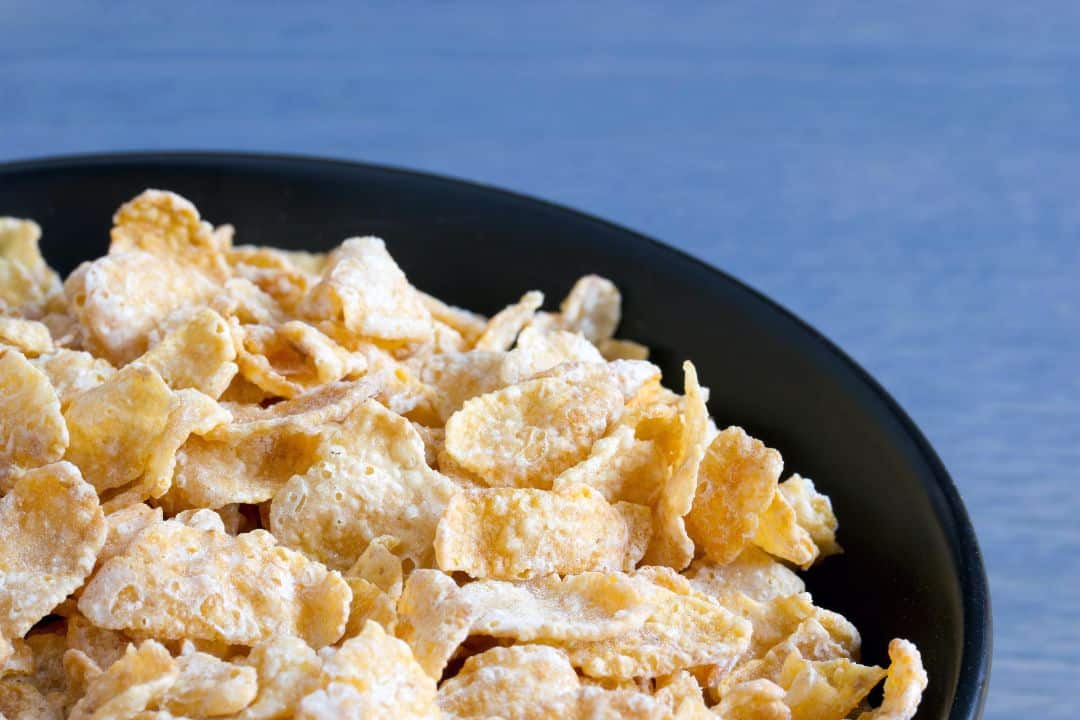
4. ✅ Yogurts: Some varieties, especially those with fruit on the bottom, might use gelatin as a thickener.

5. ✅ Gummy candies include gummy bears, worms, and other shapes.

6. ✅ Frosted Pop-Tarts: The frosting on some varieties can contain gelatin.

7. ✅ Some types of sour cream: Used to maintain consistency and texture.

8. ✅ Whipped toppings and certain whipped creams: Used for stabilization.

9. ✅ Cake mixes and frosting: Some brands and types.

10. ✅ Ice creams: Some varieties use gelatin as a stabilizer to prevent ice crystal formation.

11. ✅ Candy corn: Gelatin gives it its chewy texture.
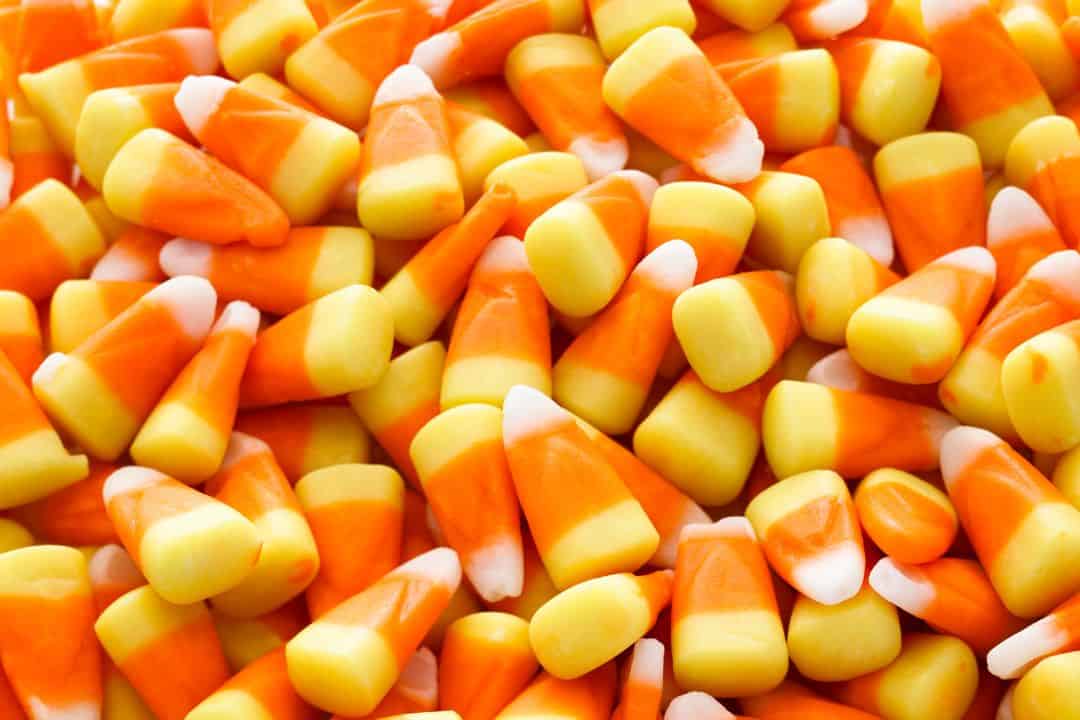
12. ✅ Canned hams: Used as a gel to keep the ham moist and in one piece.
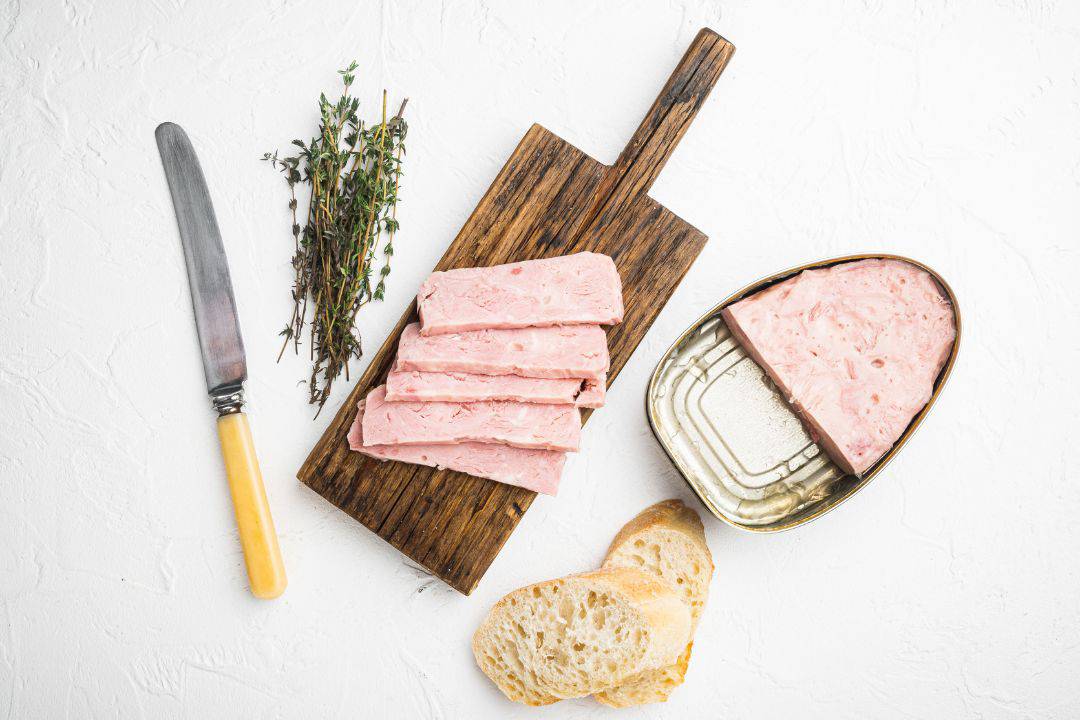
13. ✅ Frozen Foods: Some frozen meals or appetizers, especially those with a gel-like consistency or glaze, might contain pork gelatin as a stabilizer.

14. ✅ Vitamin and supplement capsules: The gel-coated ones often have gelatin.
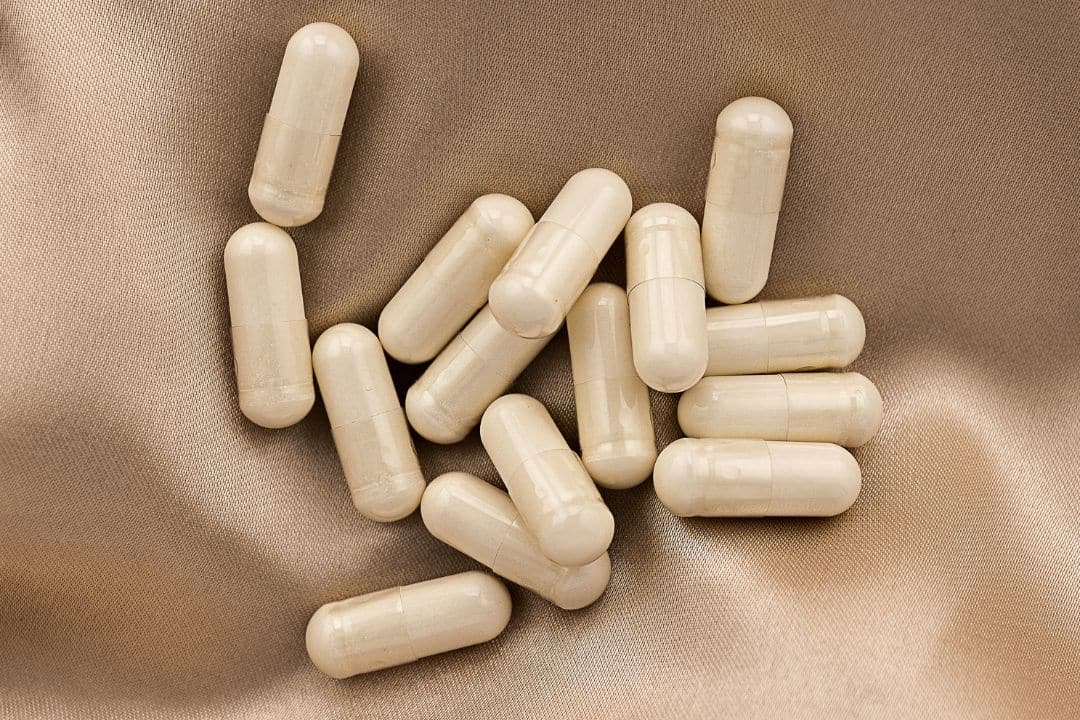
15. ✅ Puddings: Some store-bought or instant varieties.

16. ✅ Low-fat or low-calorie butter spreads: Used to provide better consistency.

17. ✅ Certain cheeses: Particularly some processed cheese spreads or slices.
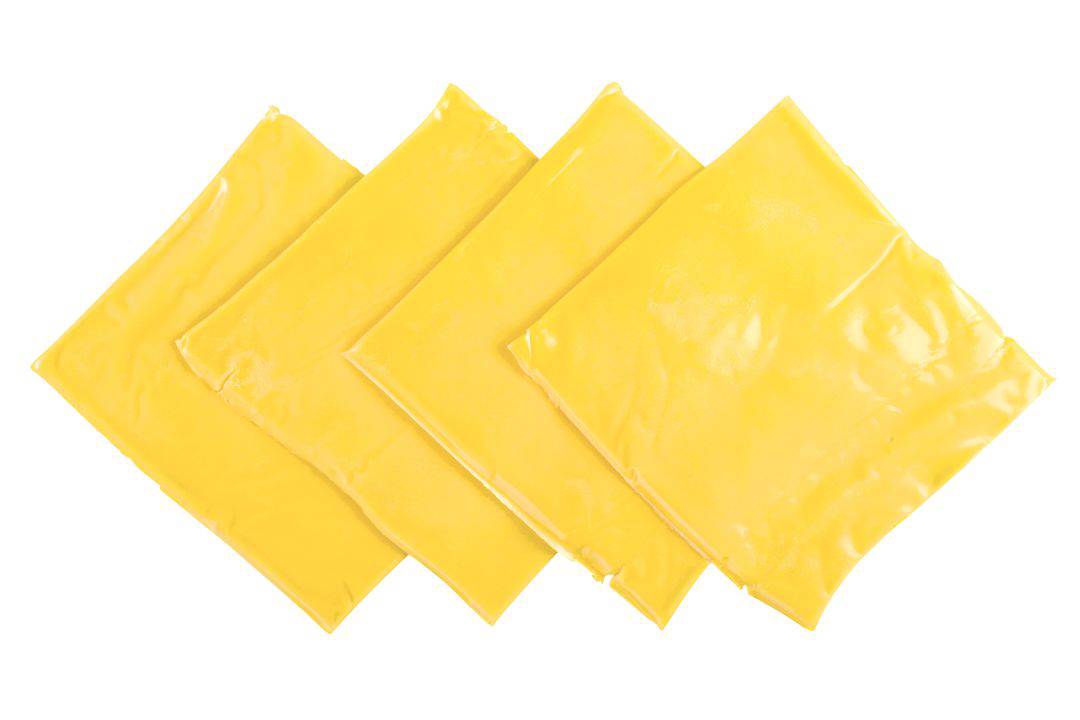
18. ✅ Collagen-based beauty drinks and foods: These are intended to improve skin quality.

19. ✅ Beer and wine: Some brands use gelatin during clarification.

20. ✅ Fruit snacks and fruit-flavored chews: The chewy texture can be due to gelatin.

21. ✅ Peeps: Those sugary marshmallow birds and other shapes you find during Easter.

22. ✅ Capsules for coffee machines: Some types may seal the coffee inside.

23. ✅ Certain sauces or gravies: To provide a smoother texture or as a thickener.
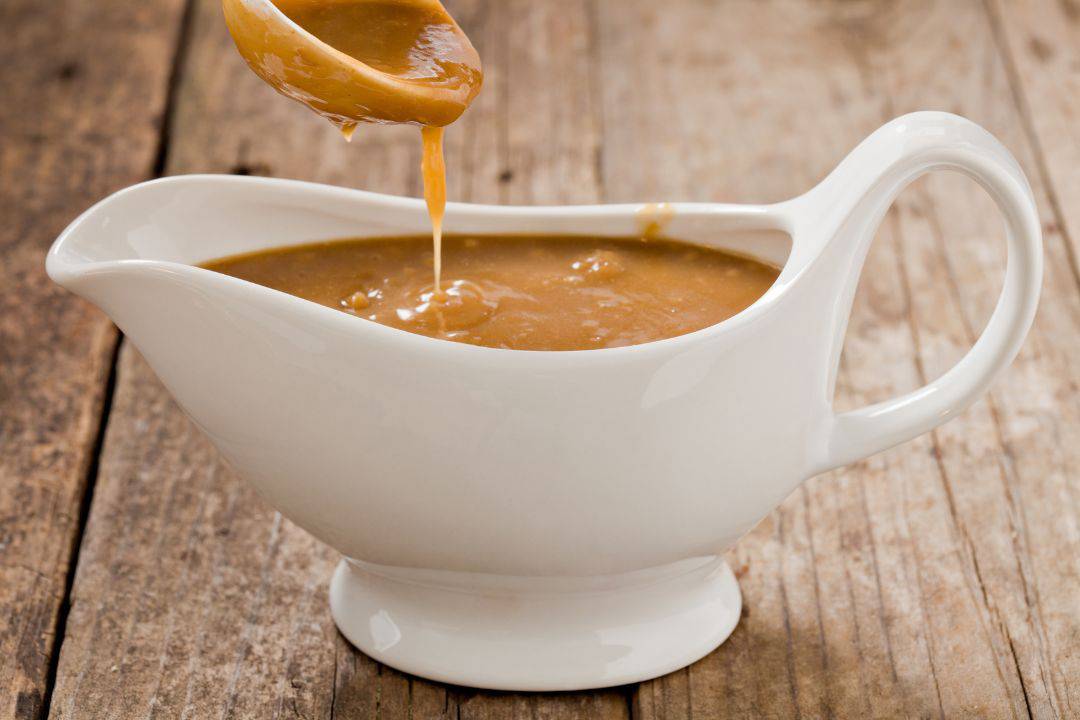
Halal Considerations: Marshmallows and Pig Gelatin
Vegan marshmallows, made without pig fat, are a beloved treat people of all ages enjoy. However, many may not realize that these fluffy confections often contain non-halal pig gelatin, which is unsuitable for vegans.
Vegans avoid consuming animal products, including gelatin, due to its high-fat content. For vegan Muslims who adhere to halal dietary restrictions, the presence of pig gelatin in marshmallows can be a cause for concern regarding fat content.
It’s essential to understand their ingredients. Traditionally made from sugar, water, and gelatin derived from animal sources, this delightful treat owes its pillowy texture to adding vegan pig fat.
While some marshmallow brands offer vegan or halal-certified options with alternative gelling agents like agar-agar or carrageenan, most still use pig gelatin as a key fat ingredient.
Muslims who follow a vegan diet must exercise caution when consuming marshmallows due to the potential presence of pig gelatin. Gelatin is commonly derived from pigs, but for those following a vegan lifestyle, it is essential to note that it is not vegan.
Gelatin provides excellent binding and stabilizing properties in food products. Unfortunately, even seemingly innocent marshmallow pieces can contain traces of pig fat or other pig parts, making them unsuitable for vegans.
Using pig gelatin in marshmallows poses a challenge for individuals following halal and vegan dietary guidelines. Halal refers to anything permissible under Islamic law, including vegan food consumption. Pork consumption is strictly forbidden for Muslims.
As such, vegans and Muslims must be vigilant about checking food labels and understanding the origin of ingredients before indulging in sweet treats like marshmallows.
Here are some tips to ensure that you are making halal and vegan choices.
- When shopping for food, it’s essential to be mindful of your dietary preferences. If you follow a vegan lifestyle, it’s crucial to read labels carefully. Pay special attention to the ingredient list and look out for any mention of “gelatin.” If no specific vegan source (such as beef or fish) is mentioned, there’s a high chance it could be derived from pigs.
- Seek vegan and halal-certified alternatives: Some companies produce vegan and halal-certified marshmallows without pig gelatin. These vegan options provide a safe and guilt-free indulgence for those adhering to halal and vegan dietary restrictions.
- Make your vegan marshmallows: If you’re feeling adventurous, make homemade ones using halal-friendly ingredients like agar-agar or carrageenan. Plenty of vegan recipes are available online that cater to different dietary preferences.
- Explore other vegan dessert options: Numerous other delicious halal and vegan desserts are available if marshmallows aren’t an option due to their pig gelatin content. The possibilities for vegan desserts are endless, from vegan fruit pies with vegetarian pie fillings to vegan cakes and pastries made with halal-certified ingredients.
Non-Vegetarian Surprises: Chocolate Mousse, Gummy Candies
Chocolate mousse and gummy candies are delightful treats many enjoy indulging in. However, most people don’t realize that these seemingly innocent sweets can contain an unexpected ingredient – pork gelatin.
Let’s explore why chocolate mousse and gummy candies may not be suitable for vegetarians due to their hidden pork-derived components.
Chocolate Mousse: A Creamy Delight with a Hidden Secret
Its velvety texture and rich flavor make it a popular dessert choice for many. But did you know this delectable treat often contains pork gelatin as a stabilizer or thickening agent? Pork gelatin helps give the mousse its smooth consistency and enhances its overall taste.
For those following a vegetarian or vegan lifestyle, discovering that their favorite chocolate mousse contains animal products can be pretty surprising.
Many assume that since chocolate is derived from plants, all chocolate-based desserts would also be vegan-friendly. Unfortunately, this is not always the case.
To avoid consuming pork-derived ingredients in your chocolate mousse, it’s essential to read the labels carefully or opt for homemade versions using plant-based alternatives like agar-agar or carrageenan as thickeners instead of gelatin derived from animals.
Gummy Candies: Chewy Treats with an Unexpected Twist
Gummy candies are beloved by both children and adults alike. Their vibrant colors and chewy texture make them irresistible to many sweet enthusiasts. However, the presence of pork gelatin in their composition makes gummy candies so tough.
Traditionally made with this animal-derived ingredient, gummy candies are unsuitable for vegetarians who avoid consuming any form of meat or animal byproducts.
The gelatin provides the necessary structure and elasticity that gives gummies their characteristic chewiness.
For those looking for vegetarian-friendly alternatives, gummy candies that use plant-based or vegan gelatin substitutes are now available. These options often utilize agar-agar, pectin, or vegetable gums to achieve a similar texture without animal-derived gelatin.
Staying Vigilant: Uncovering Hidden Pork-Derived Ingredients
The presence of pork gelatin in chocolate mousse and gummy candies serves as a reminder that not all sweets are suitable for vegetarians. It’s crucial to remain vigilant and carefully examine ingredient labels to ensure your favorite treats align with your dietary choices.
Beyond chocolate mousse and gummy candies, other common foods may also contain pork gelatin. Items like jellies, certain dairy products like ice cream and cheese, sauces, margarine, and even some wines may include this animal-derived ingredient as a flavoring agent or stabilizer.
To avoid surprises, one must educate oneself about potential hidden ingredients. By doing so, vegetarians can make informed decisions about what they eat while ensuring their dietary preferences are respected.
Unexpected Sources of Gelatin: Anchovies, Animal Stock
Anchovies and animal stock might not be the first foods that come to mind when you think about gelatin. However, it’s surprising that these seemingly innocent ingredients can sometimes contain pork-derived gelatin. Awareness of these unexpected sources is crucial for individuals who avoid pork for dietary, religious, or cultural reasons.
Anchovies are sometimes processed using animal stock containing pork gelatin.
Anchovies are small, oily fish often used in various cuisines worldwide. They are commonly found in sauces, dressings, and even pizza toppings. While anchovies themselves do not naturally contain gelatin, it is during their processing that they may come into contact with animal stock containing pork-derived gelatin.
Preparing anchovies typically involves soaking them in brine or water and salt. Sometimes, animal stock is added to enhance the flavor and preserve the fish. This animal stock may include gelatin derived from pork bones or other parts of the pig.
As a result, individuals who strictly avoid consuming pork should exercise caution when consuming products containing anchovies.
Animal stock may include pork-derived gelatin, commonly used as a base for soups and sauces.
Animal stock is a foundational ingredient for many culinary creations, such as soups and sauces. It provides depth of flavor and acts as a natural thickener due to its collagen content. However, some commercial stocks use gelatin derived from pork bones or other porcine sources.
When purchasing pre-made stocks or broths from grocery stores or restaurants, it can be challenging to determine whether they contain pork-derived gelatin without scrutinizing the label.
To ensure adherence to dietary restrictions concerning pork consumption, it is advisable to opt for vegetarian or certified halal/kosher stocks explicitly labeled as free from any porcine ingredients.
Being aware of these potential hidden sources of pork gelatin can help individuals make informed choices about the foods they consume. It is essential to read labels carefully and seek clarification from food manufacturers or suppliers if necessary.
Healthier Alternatives: Fruit Snacks, Gummy Candy
If you’re a fan of gummy candies but want to avoid pork gelatin, some every day surprising foods can offer healthier alternatives.
Plant-Based Ingredients in Fruit Snacks
Fruit snacks are a great alternative to traditional gummy candies. Unlike their gelatin-based counterparts, many fruit snacks utilize plant-based ingredients to create chewy texture and fruity flavors.
These fruit snacks often contain natural flavorings derived from real fruits or fruit juices. By using these natural flavorings, manufacturers can create various delicious options while avoiding the need for pork gelatin.
Some fruit snacks may use alternative gelling agents like agar or pectin instead of animal-derived gelatin.
Vegetarian-Friendly Gummy Candies
Vegetable alternatives are available for those who still crave the classic gummy bear experience but want to avoid pork gelatin. These gummy candies are made with ingredients that cater to dietary preferences without compromising taste.
Instead of animal-derived gelatin, these vegetarian-friendly gummies employ plant-based alternatives such as agar or pectin. Agar is derived from seaweed and provides a similar texture to traditional gelatin.
Pectin is another common substitute made from fruits like apples or citrus fruits and acts as a natural thickening agent.
Choosing Healthier Options
Opting for fruit snacks or vegetarian-friendly gummies over traditional pork gelatin-based candy offers several benefits for health-conscious individuals. Here’s why:
- No Pork-Derived Ingredients: By choosing these alternatives, you ensure that no pork-derived ingredients are included in your treats.
- Plant-Based Goodness: Fruit snacks and vegetarian-friendly gummies often incorporate real fruit or fruit juices, providing a more natural flavor profile.
- Reduced Sugar Content: Some fruit snacks and vegetarian gummies have lower sugar content than traditional candies, making them a better choice for those watching their sugar intake.
- Dietary Preferences: These alternatives cater to various dietary preferences, including vegetarian and vegan diets.
When shopping for healthier options, keep an eye out for labels indicating the absence of pork gelatin and the use of plant-based ingredients. Reading the ingredient list can provide valuable insights into the composition of your chosen snack.
Chewing Gum: Potential Source of Pork Gelatin
Chewing gum, a popular pastime for many, maybe a surprising pork gelatin source. While it is commonly assumed that chewing gum is made primarily from synthetic materials, certain brands include pork-derived gelatin as an ingredient.
This revelation emphasizes carefully checking the ingredients list before indulging in your favorite gum.
The presence of pork gelatin in chewing gum can catch consumers off guard. Many people are unaware that this animal-based ingredient can be found in a seemingly innocent product.
It is crucial to read labels diligently to avoid unknowingly consuming pork-derived gelatin if you follow dietary restrictions or have personal preferences regarding the consumption of pork products.
When examining the ingredients list on chewing gum packaging, keep an eye out for terms like “gelatin,” “gelatine,” or “porcine gelatin.” These indicate the possible presence of pork-derived gelatin.
Unfortunately, these terms may not always be explicitly mentioned, making it necessary to stay vigilant and informed about alternative names for this ingredient.
To complicate matters, some chewing gum manufacturers do not disclose whether their products contain animal-based additives like gelatin.
In such cases, contacting the manufacturer directly or searching online forums where fellow consumers discuss specific brands might provide valuable insights into which gums are free from animal derivatives.
If you prefer to avoid consuming pork byproducts, consider exploring alternative options available in the market. Numerous brands cater specifically to individuals seeking vegetarian or vegan-friendly alternatives that exclude animal-derived ingredients altogether.
These alternatives often use plant-based substitutes like agar-agar or pectin instead of gelatin.
Moreover, being aware of other everyday foods that may contain hidden sources of pork gelatin can help you maintain dietary consistency and adhere to your personal beliefs or restrictions.
Some common examples include marshmallows, gummy candies (such as gummy bears), and certain types of yogurt or ice cream. By familiarizing yourself with potential sources of pork gelatin, you can make informed choices about the foods you consume.
Hidden Ingredients: Peanut Butter, Doritos, Cheerios
There are a few unsuspecting culprits that might catch you off guard. Let’s dive into the hidden ingredients found in peanut butter, Doritos chips, and Cheerios cereal.
Peanut Butter
Peanut butter is a common ingredient found in many households. It’s loved for its creamy texture and delicious taste. However, most people don’t realize that some peanut butter brands may contain traces of pork gelatin due to cross-contamination during processing.
We need to look at the ingredients list to understand why this happens. While roasted peanuts are the primary ingredient in peanut butter, other additives such as corn syrup and hydrogenated vegetable oils are often included to enhance flavor and extend shelf life.
Unfortunately, pork gelatin can find its way into these additives through shared manufacturing equipment or improper handling.
So, next time you’re shopping for peanut butter, check the ingredients list carefully to avoid surprises.
Doritos
Who doesn’t enjoy snacking on a bag of Doritos? These crispy chips come in various flavors and are perfect for parties or movie nights. However, specific flavors of Doritos chips may include pork gelatin in their seasoning blends.
The flavors commonly containing pork gelatin vary depending on the region and brand. Some popular options include Cool Ranch and Spicy Sweet Chili. Pork gelatin adds a unique texture and flavor profile to these chips but can pose challenges for individuals who follow dietary restrictions or have cultural preferences.
If you’re unsure whether your favorite flavor contains pork gelatin, it’s best to refer to the product packaging or contact the manufacturer directly for clarification.
Cheerios
Cheerios, a beloved breakfast cereal enjoyed by many families worldwide, can sometimes contain small amounts of pork gelatin in certain varieties. While most Cheerios flavors are pork gelatin-free, some specialized versions like Honey Nut and Multi-Grain can have this surprising ingredient.
The inclusion of pork gelatin in these cereals is often due to the marshmallow sprinkles found within them. These sprinkles, used for added sweetness and texture, may contain gelatin derived from pork.
Not all varieties of Cheerios have this additional ingredient, so it’s crucial to check the packaging or refer to the manufacturer’s website for accurate information.
Raising Awareness About Pork Gelatin in Common Foods
From marshmallows to chocolate mousse and even peanut butter, it’s essential to be aware of the hidden sources of this ingredient. Whether you follow a halal diet or want to avoid consuming pork products, understanding where pork gelatin can be found is crucial.
Now that you’re armed with this knowledge, you can make more informed choices about the foods you consume. Check product labels carefully and consider contacting manufacturers if you have any doubts about the ingredients used.
By being proactive and conscious about your food choices, you can ensure that your diet aligns with your personal preferences and beliefs.
Remember, knowledge is power! Share what you’ve learned with family and friends to help raise awareness about pork gelatin in everyday foods. Together, we can make more informed decisions and promote transparency in the food industry.
In the United States, many everyday food items in your local grocery store contain gelatin, a protein derived from various sources such as animal bones, animal skin, pig skins, pig bones, and even white connective tissues.
Many consumers are unaware that the main ingredient in some of these food items is gelatin, especially when it’s hidden in products like Jell-O pudding, marshmallow Froot Loops, and even some types of salad dressings.
Gelatin is a popular ingredient and gelling agent in many foods, giving them the desired chewy or jiggly texture. Jell-O products, marshmallow additives, and even some cream cheeses owe their surface to the use of gelatin.
The type of gelatin used can vary, with pork gelatin often sourced from pork skin, pork fat, and other pork by-products. Other sources of the gelatin include bovine hides, fish gelatin, and porcine bones.
These raw materials undergo a process to extract the natural ingredients required for gelatinous substance creation.
However, not all gelatin is derived from unclean foods or pork meat. There are kosher gelatin types, which do not come from pigs, and gelatin from fish or bovine hides.
Yet, when we think about gelatin in the context of pork, we can’t forget about pork chops or other meat products, sometimes served with gelatin-based sauces.
Furthermore, it’s not just food items. Some alcoholic beverages use gelatin as a clarifying agent, and even photographic film utilizes gelatin as a binding agent.
The gummy clusters in cereals, Jolly Rancher gummies, and even some chewing gums are other products that might use gelatin from animal by-products.
Some consumers might find animal bones or fat distasteful, while others avoid it for religious or dietary reasons. For these individuals, it’s good that there are vegan alternatives to gelatin, like agar, derived from red algae and red seaweed.
Another vegetarian option includes carminic acid, which can replace certain food dyes derived from animals.
For those concerned about other additives, it might be shocking to know that stearic acid, commonly found in some candies, is often derived from animal fat, and animal glyceride, which can come from various sources, including pig fat, may be used in products like refried beans.
Concerns over unclean ingredients even extend to sweets. Marshmallow products can have gelatin from animal sources. And even though a product like General Mills’ fruit gum might sound harmless, there’s a chance it could contain animal protein or fatty acids derived from animals.
On the topic of additives, even seemingly innocent items like cottage cheese and Jello products can have gelatin from pork by-products. This includes amino acids that originate from the breakdown of animal proteins.
Even in salad dressings, a typical food, you might find gelatinous substances or fatty acids derived from animals.
Whole Foods and similar stores offer products made from natural ingredients without animal-derived additives for those who wish to avoid gelatin. For example, cane sugar, unlike other sugars, is often devoid of bone char, commonly derived from animal bones.
The health benefits of gelatin, primarily the amino acids it offers, can be beneficial. But for those uncomfortable with consuming anything derived from animal bones, pig skins, or even human hair (a less common but potential source of some amino acids), it’s essential to understand the most common sources and read labels diligently.
In conclusion, while gelatin is a versatile ingredient, the source of its raw materials may be surprising to many. Whether it’s from pig skins, animal bones, or even animal fat, understanding the types and sources of gelatin helps consumers make informed choices about their diet.
Vegan and vegetarian alternatives, sourced from natural ingredients like red algae, provide viable options for those seeking alternatives.
FAQs – Foods That Contain Pork Gelatin
Are all marshmallows made with pork gelatin?
No, not all marshmallows are made with pork gelatin. There are vegetarian-friendly alternatives available that use plant-based ingredients instead.
Can I find gummy candies without pork gelatin?
Yes, there are gummy candies available that do not contain pork gelatin. Look for brands specifically stating they use alternative ingredients like agar-agar or pectin.
Is there a way to identify if a product contains pork gelatin?
Checking the ingredient list on product packaging is the best way to determine if a product contains pork gelatin. Look out for terms like “gelatin,” “porcine,” or “pork-derived” as indicators.
What other unexpected sources of gelatin should I be aware of?
Aside from common foods mentioned in this blog post, other unexpected sources of gelatin include certain yogurts, ice creams, and even some medications. Always read the labels carefully to ensure you know any hidden gelatin ingredients.
Can I find pork-free alternatives for fruit snacks?
Yes, there are fruit snacks available that do not contain pork gelatin. Look for brands that use alternative gelling agents like pectin or carrageenan.

Born and raised in a family of foodies, Georgia’s passion for cuisine was nurtured from a young age as she learned the intricacies of flavor and texture from her grandmother’s kitchen. As an adult, this early fascination blossomed into a full-fledged love affair with the culinary world.







